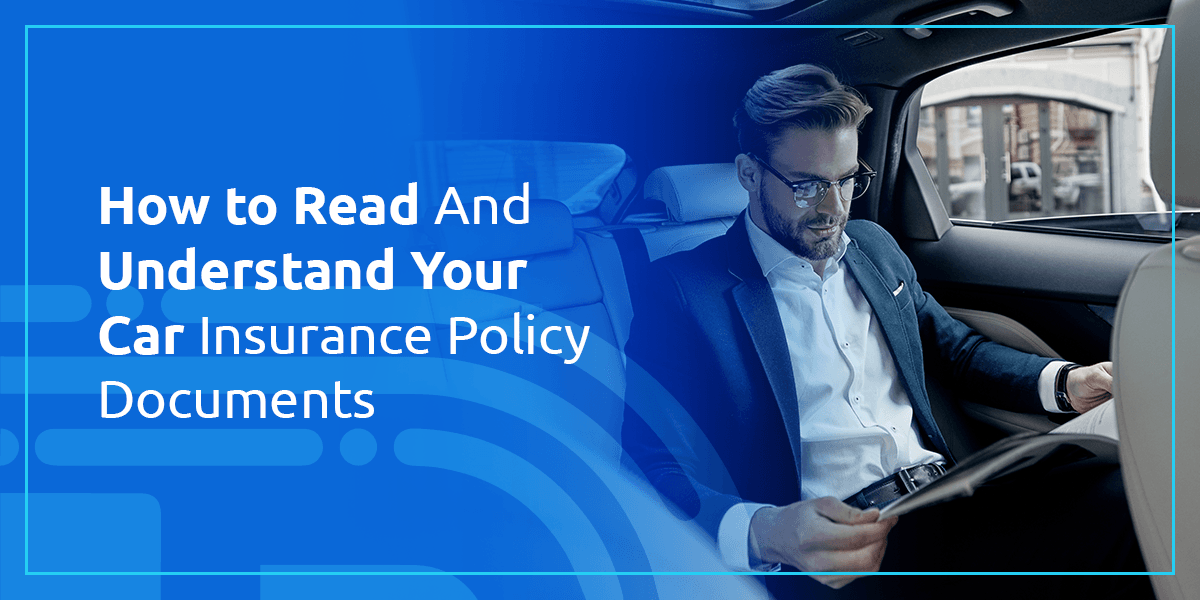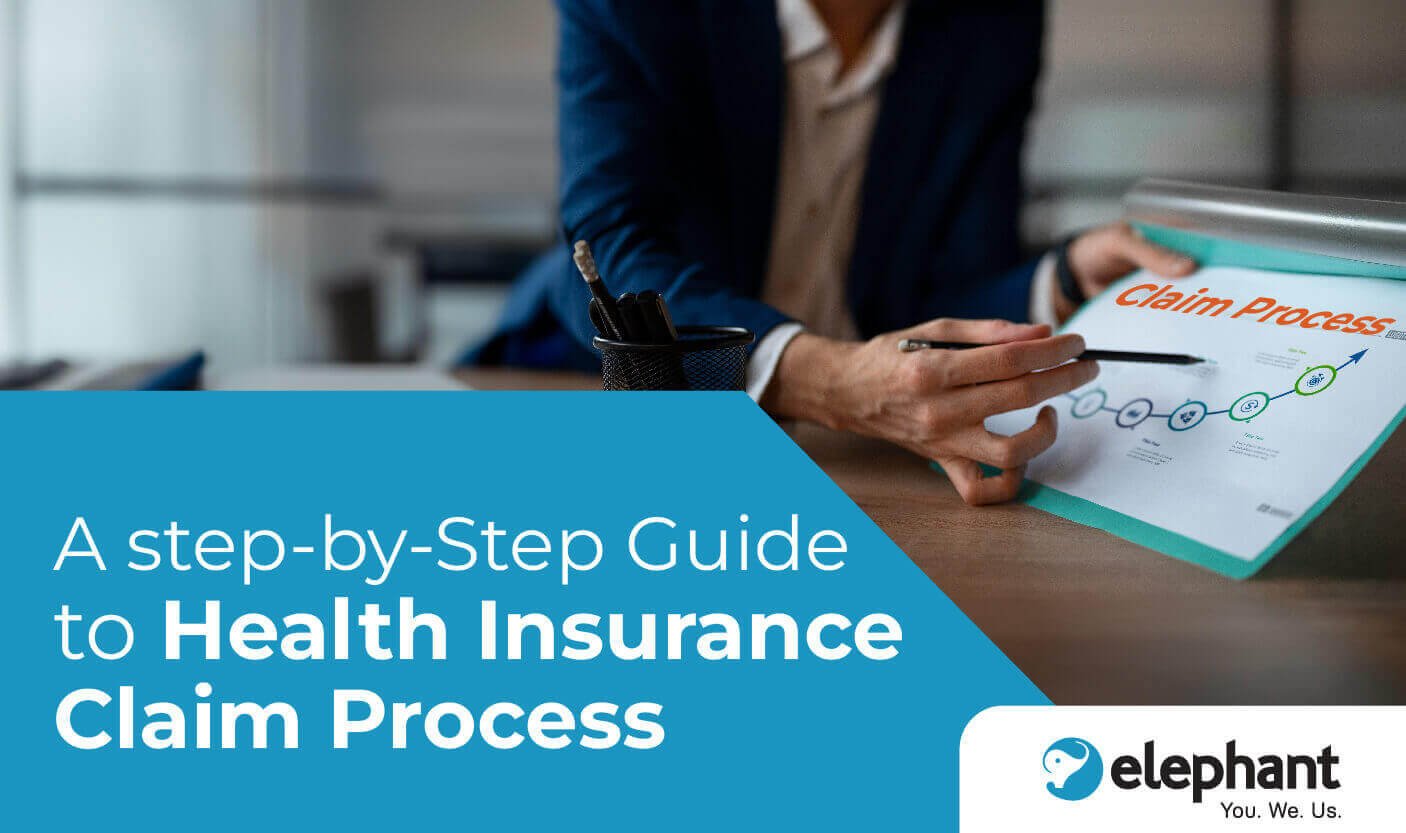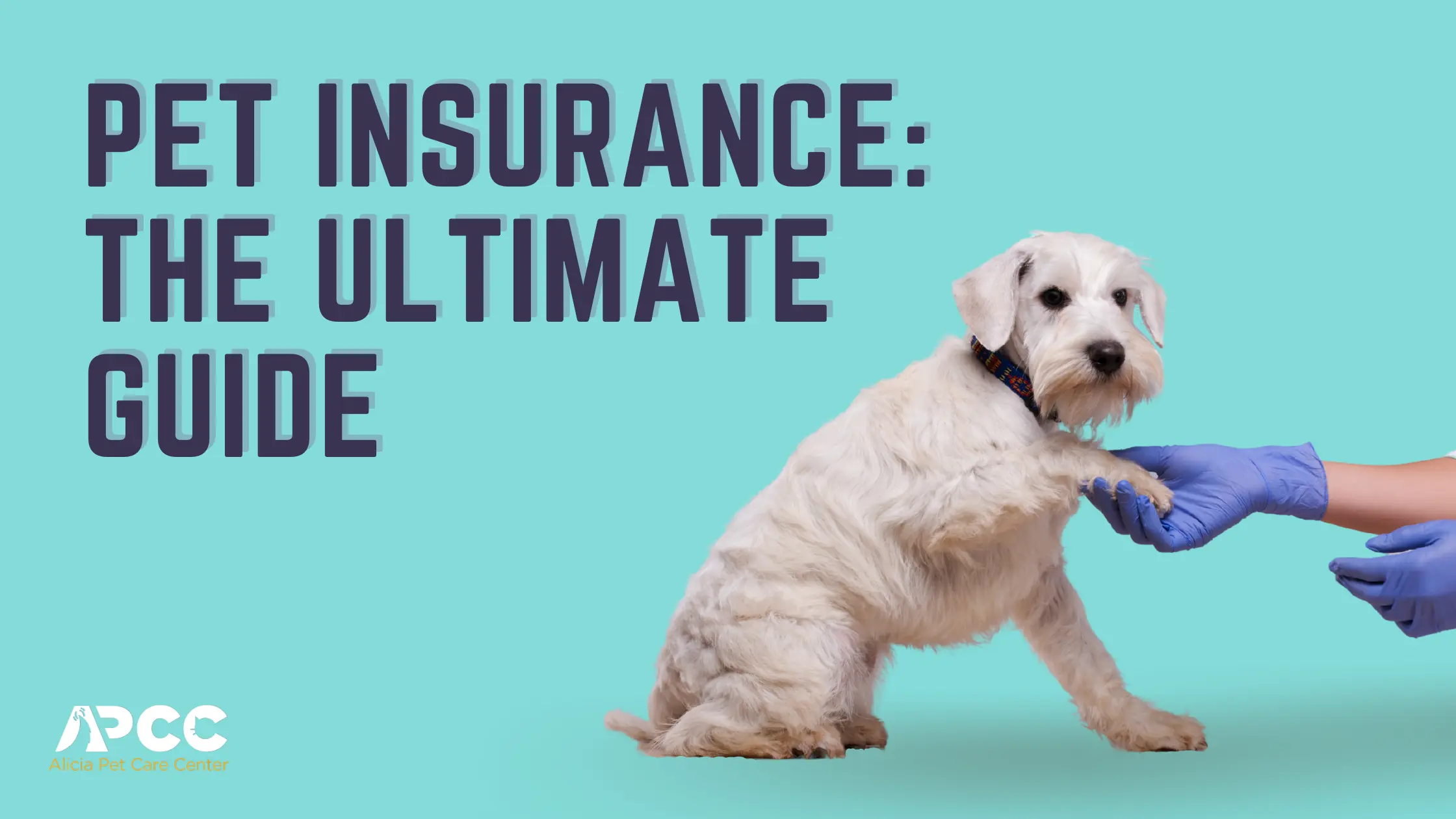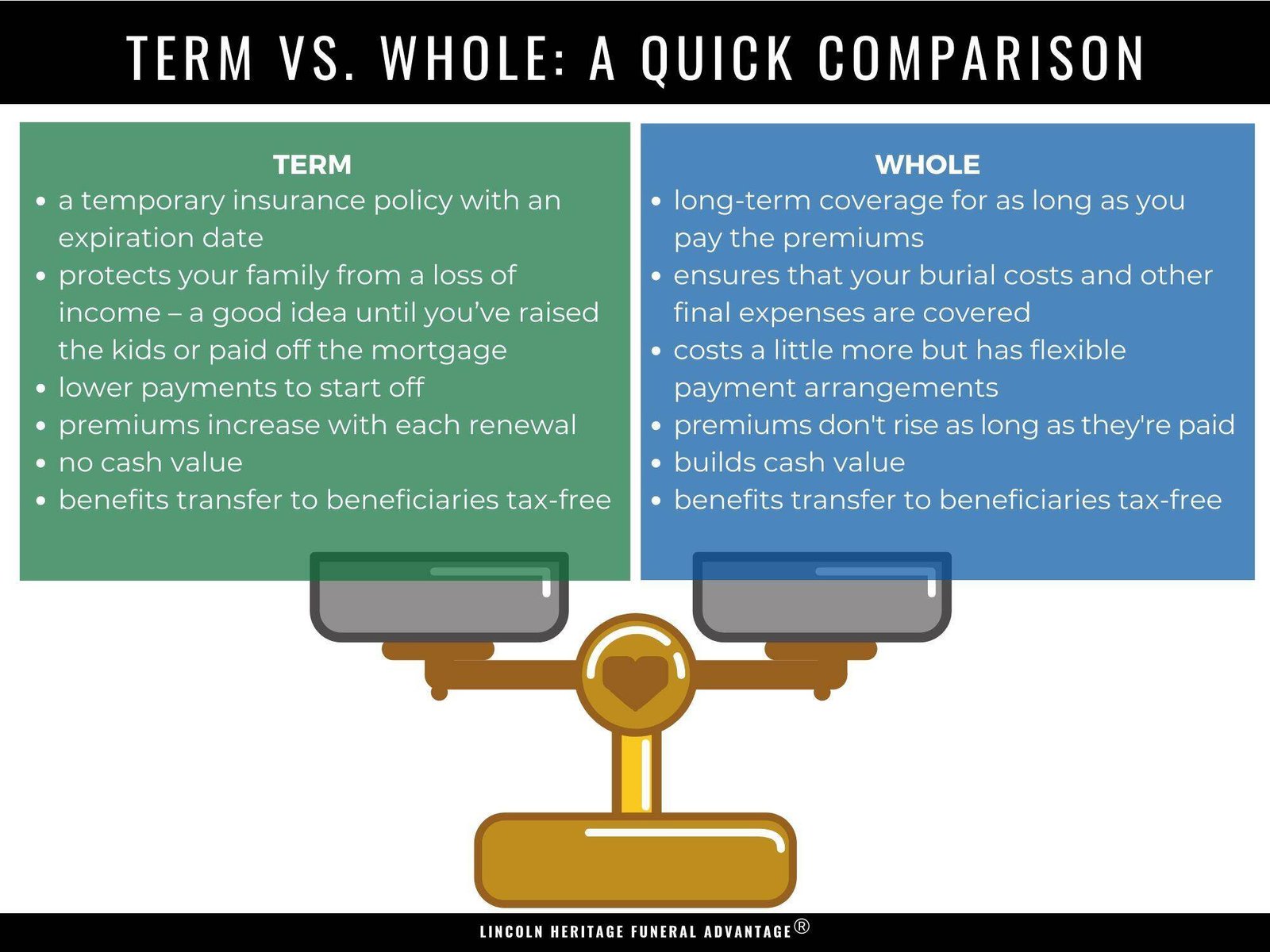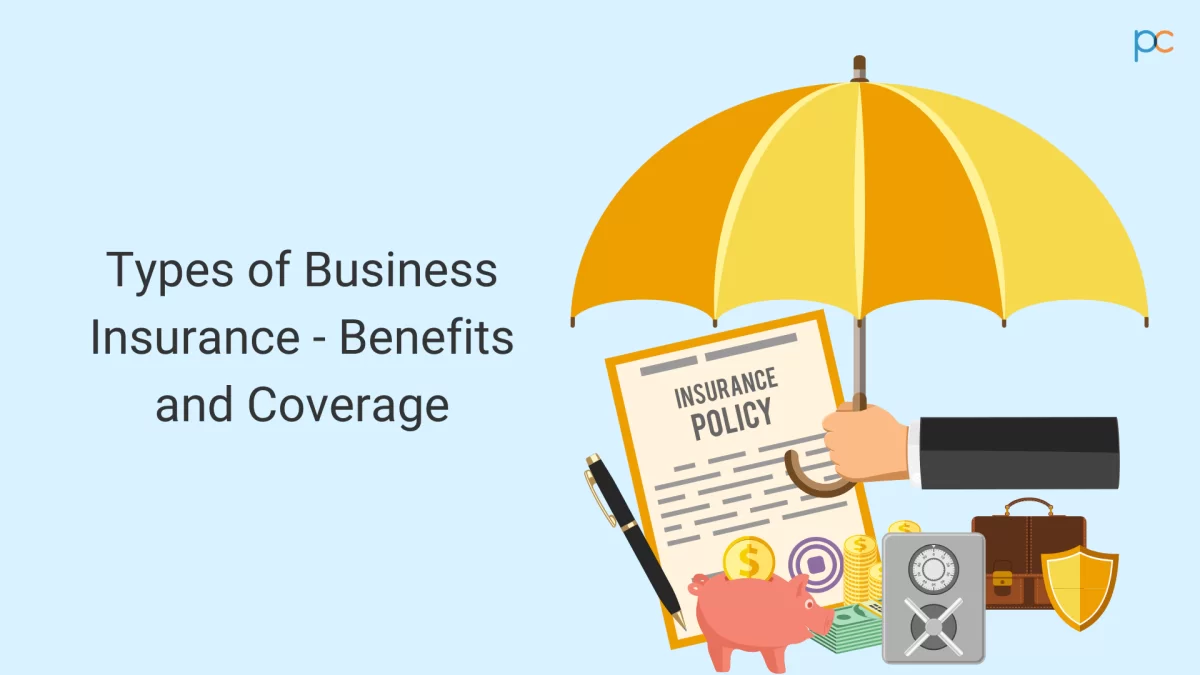Understanding Your Car Insurance in the US
Behind the Wheel and Behind the Policy: Understanding Your Car Insurance in the US
Car insurance can feel like a complex web of terms and numbers. You pay a premium, but what exactly does that cover? This blog post is your one-stop guide to decoding the jargon and navigating the different coverage options available in the US. We’ll break down common car insurance terms, explain the difference between minimum and full coverage, and help you choose the right level of protection for your needs.
Decoding the Coverage Jargon:
Understanding the key terms in your car insurance policy is crucial. Here’s a breakdown of the most common ones:
-
Liability Coverage: This is the foundation of most car insurance policies and often mandated by law in most states. It covers your legal responsibility for bodily injury and property damage caused to others in an accident where you are at fault. It typically comes in two parts:
- Bodily Injury Liability (BI): Pays for medical bills and lost wages of people injured in an accident you cause, up to your policy limits.
- Property Damage Liability (PD): Covers repairs or replacement of damaged property belonging to others, like another car or a mailbox.
-
Collision Coverage: This coverage pays for repairs to your car if it’s damaged in a collision with another vehicle or object, regardless of who’s at fault. It comes with a deductible, which is the amount you’ll pay out of pocket before the insurance kicks in.
-
Comprehensive Coverage: This covers your car for losses other than collisions, such as theft, vandalism, fire, weather events, and animal collisions. Similar to collision coverage, it also comes with a deductible.
-
Uninsured/Underinsured Motorist Coverage (UM/UIM): Protects you financially if you’re hit by a driver who has no insurance (uninsured) or not enough insurance (underinsured) to cover your damages. This coverage can pay for your medical bills, lost wages, and car repairs.
Additional Coverages:
Many policies offer additional coverages you can purchase for more specific situations, such as:
- Medical Payments Coverage (MedPay): Pays for medical expenses for you and your passengers, regardless of who’s at fault in an accident.
- Rental Reimbursement: Covers the cost of renting a car while your car is being repaired after a covered incident.
- Gap Coverage: Pays the difference between the actual cash value of your car and the amount owed on your loan if your car is totaled.
Minimum Required Coverage vs. Full Coverage: The Financial Impact
Now that we understand the different types of coverage, let’s explore the difference between minimum required coverage and full coverage:
-
Minimum Required Coverage: This varies by state, but typically requires you to carry some level of bodily injury and property damage liability coverage. This is the most basic level of insurance and only protects others, not your own vehicle.
-
Full Coverage: This typically refers to a policy that includes both liability coverage (minimum required) and comprehensive and collision coverage. This offers more comprehensive protection for your own car, regardless of who is at fault in an accident.
Here’s how these coverage levels impact your financial responsibility in case of an accident:
-
Scenario 1: You cause an accident:
- Minimum Coverage: You’ll be responsible for repairs to your own car and any damages exceeding your liability limits.
- Full Coverage: Your insurance will cover repairs to your car (minus your deductible) up to your policy limit.
-
Scenario 2: Someone else causes an accident and hits you:
- Minimum Coverage: Their insurance will cover your medical bills and car repairs, up to their policy limits. There’s a risk they might not have enough coverage, leaving you on the hook for remaining expenses.
- Full Coverage: If the other driver has insufficient insurance, your UM/UIM coverage will kick in to cover your medical bills and car repairs.
Choosing the Right Coverage Level:
The right coverage level for you depends on several factors:
- Value of Your Car: If your car is older or has a lower value, minimum coverage might suffice. For newer or more expensive cars, full coverage is recommended.
- Risk Tolerance: How comfortable are you financially covering repairs to your car out of pocket? If you have a low risk tolerance, full coverage might be a wise choice.
- Driving Habits: If you drive frequently or in high-risk areas, having more coverage might be a good idea.
Finding the Right Balance: Additional Considerations and Tips
Choosing the right car insurance is about finding a balance between protecting yourself financially and keeping your premium affordable. Here are some additional factors to consider:
- Your Driving Record: A clean driving record with no accidents or violations can lead to discounts on your premium. Conversely, accidents or traffic tickets can significantly increase your costs.
- Discounts: Many insurers offer discounts for things like low mileage, taking defensive driving courses, insuring multiple vehicles, owning safety features like airbags, being a student with good grades, or belonging to certain professional organizations.
- Replacement Cost vs. Actual Cash Value: Understanding the difference between these is crucial. Replacement cost covers the cost of replacing your car with a new one of the same model year, while Actual Cash Value (ACV) considers depreciation and pays out the car’s market value at the time of the accident. If your car is newer, the difference between ACV and replacement cost can be significant. Opting for full coverage with replacement cost coverage might be wise for newer vehicles.
Shopping for Car Insurance: Getting the Best Deal
Now that you understand the different coverages and factors to consider, here are some tips for shopping for car insurance:
- Get Quotes from Multiple Insurers: Don’t settle for the first offer you receive. Compare quotes from several reputable insurance companies to find the best combination of coverage and price.
- Be Honest About Your Driving Habits and Vehicle Use: Providing accurate information ensures you get the right coverage and avoid policy cancellations.
- Consider Increasing Your Deductible: A higher deductible lowers your premium, but remember you’ll have to pay more out of pocket in case of a claim. Choose a deductible you’re comfortable paying in case of an accident.
- Review Your Coverage Regularly: Your needs and risk profile might change over time. Review your coverage annually to ensure it still meets your needs.
Remember:
- Don’t be afraid to ask questions! A good insurance agent will be happy to explain your policy and answer any questions you have.
- Shop around and compare quotes! The best way to find an affordable policy is to get quotes from multiple insurers.
- Pay your premiums on time! A lapse in coverage can lead to policy cancellation and difficulty obtaining insurance in the future.
By following these tips, you can navigate the world of car insurance with confidence and choose the right coverage to protect yourself and your finances on the road.
Disclaimer: This blog post is for informational purposes only and should not be considered professional insurance advice. Always consult with a licensed insurance agent to discuss your specific needs and coverage options.
